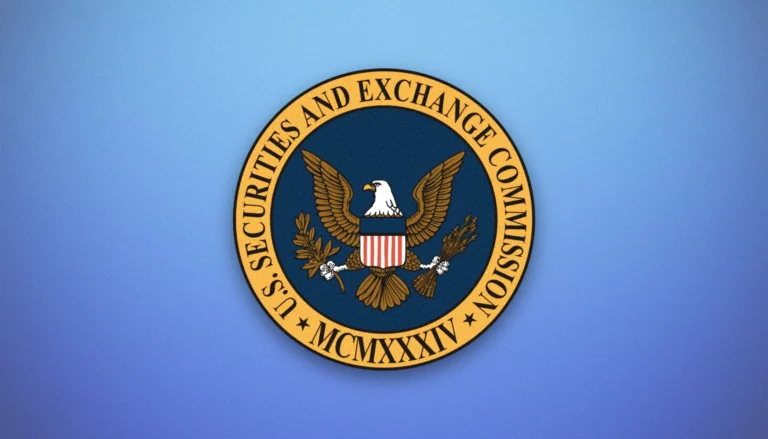Companies raising capital that are relying on Rule 506(c) (often informally called “Accredited Investor Crowdfunding”) for their offering of securities have several options as to how to verify whether their investors are indeed “accredited investors.” Since most offerings of securities generally rely on Rule 506(b) which allows for the investor to self-verify (e.g., through a simple questionnaire), founders are not as familiar with the verification process of Rule 506(c). This post will briefly explain Rule 506(c) and describe some of the options companies have to verify their investors as accredited investors.
Generally, Rule 506(c) provides an exemption from registering an offering of securities when the company issuing securities (usually called an “issuer”) only sells securities to accredited investors and the issuer takes reasonable steps to ensure that each purchaser is an accredited investor. The benefit of Rule 506(c) compared to Rule 506(b), is that, under Rule 506(c), an issuer may generally solicit potential investors, which allows issuers to engage in a variety of public solicitations, such as internet postings, presentations at conferences, or other forms of advertisement. Under a Rule 506(b) offering, engaging in any such activity could result in a loss in the ability of the issuer to rely on the exemption.
The biggest hurdle to successfully using Rule 506(c) is usually complying with the requirement to take “reasonable steps” to verify each investor’s status as an accredited investor. The most straightforward way to meet this requirement with any particular investor is to use one of the enumerated methods provided in Rule 506(c) (often called a “safe harbor”). If the issuer uses one of those methods, the issuer will be deemed to have taken reasonable steps to verify the investor’s status as an accredited investor. Broadly speaking, there are three ways to fit within a safe harbor to Rule 506(c), with the following generally illustrating these safe harbor requirements1:
- if the accredited investor status is based on income, the issuer would need to review IRS forms (excluding certain forms for foreign investors) that show the investor’s income for the two most recent years and obtain a written representation that the investor has a reasonable expectation of reaching the required income level during the current year.
- if the accredited investor status is based on net worth, the issuer would need to review certain documents evidencing the investor’s assets and liabilities, dated within the past three months, (including a consumer report with respect to liabilities) and obtain a written representation from the investor that they have disclosed all liabilities necessary to make a determination of the investor’s net worth; or
- regardless of whether the accredited investor status is based on net income or net worth, the issuer may obtain written confirmation from an individual (e.g., attorney, CPA, or others specifically listed in the rule) that such person has taken reasonable steps to verify that the investor is an accredited investor (based either on net income or net worth) within the prior three months and has determined that such investor is an accredited investor.
But, practically speaking, how does an issuer fit within one of these safe harbors and thus, comply with Rule 506(c)? There are essentially three approaches: (1) the issuer itself can verify each investor’s status, (2) the investor’s accountant, lawyer, or another professional can verify the investor’s status, or (3) the issuer can hire a third-party verification service to verify each investor’s status.
At first glance, verifying investors yourself may seem like the easiest path. However, in practice, numerous issues may arise which can divert resources away from important aspects of an issuer’s business. Appropriate due diligence will need to be exercised to ensure that the correct documents were reviewed and that the review indeed establishes that the investors are accredited investors. Issuer’s counsel would usually perform this task. But often complications arise. The investors may be resistant to providing the documentation needed. For example, an investor may not want to disclose its tax returns for the past two years or submit to a credit check to verify its liabilities. Or, the investor’s net worth may stem from its ownership in a business that is very difficult to value without an appraisal (and it’s almost certain an investor will not pay for an appraisal just so they can invest in your offering).
Other difficulties occur when an investor is an entity. An entity is an accredited investor when either (i) all of its equity owners are accredited investors or (ii) its assets exceed $5 million and the entity was not formed for the specific purpose of investing in the issuer. In this situation, the issuer would then need to either (1) follow the above safe harbors for each equity holder or (2) verify the entity has over $5 million in assets (and obtain a representation that the entity was not formed for the specific purpose of investing in an issuer).
The two alternatives to an issuer performing its own verification of its investors’ accredited investor status provide much easier solutions for a busy entrepreneur. The first alternative is requiring an investor to provide a letter from his or her accountant or lawyer (or other professional) which makes the representation that the professional has taken reasonable steps to verify the investor’s net income or net worth and that the professional has determined that the investor is an accredited investor. The second alternative is the issuer could outsource all verification to a third-party verification service. This would entail contracting with a third-party verification service to obtain and review the information needed from potential investors and verifying each investor’s status. The added benefit of either option is that these third parties make the representation that they have taken reasonable steps to verify the investors’ status in compliance with Rule 506(c). Thus, the issuer has shifted the burden of taking “reasonable steps” to a third party.
As you can see from a few brief examples, while Rule 506(c) has distinct advantages, the verification process can prove difficult. Before deciding to pursue an offering in reliance on Rule 506(c), you should consult with your attorney.
Footnotes
- Although these are not the only methods to verify accredited investor status, rarely would an issuer want to stray from using these safe harbors.
This article is for general information only. The information presented should not be construed to be formal legal advice nor the formation of a lawyer/client relationship.



